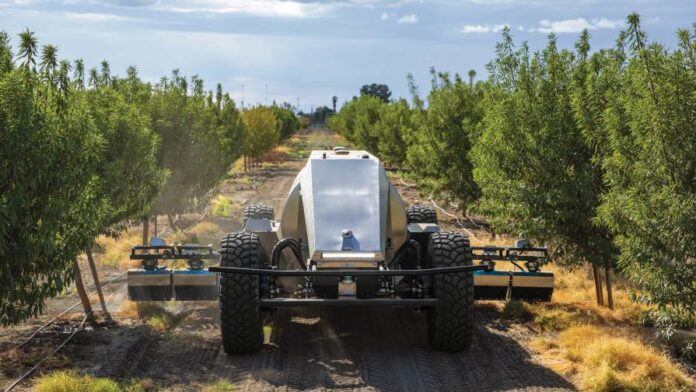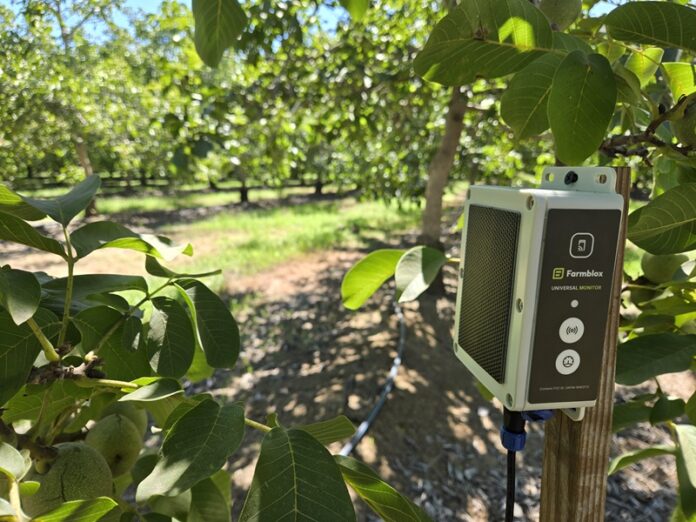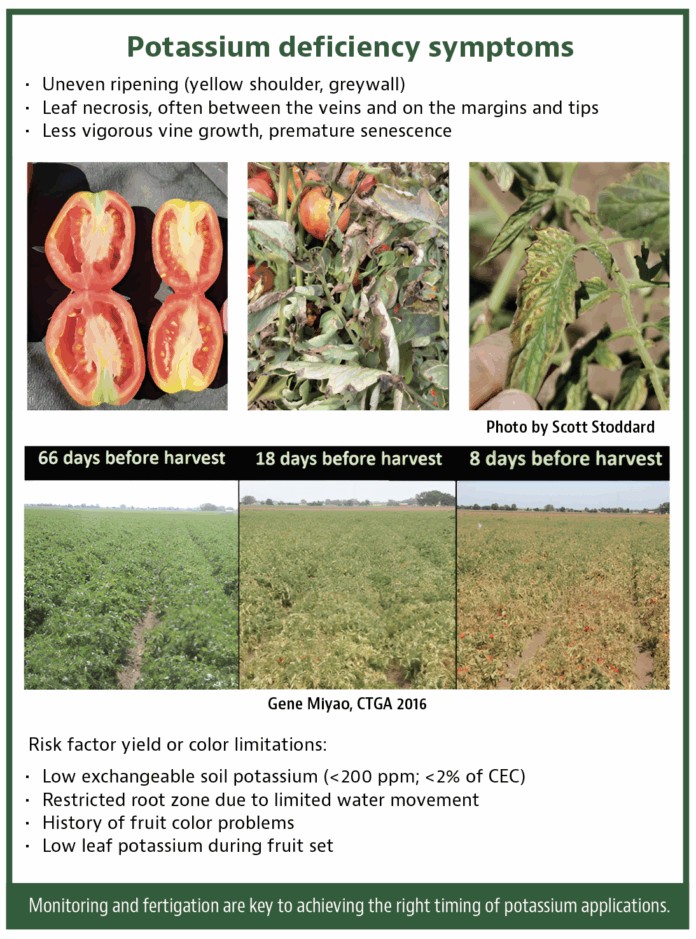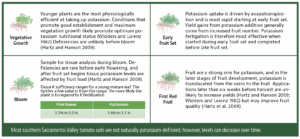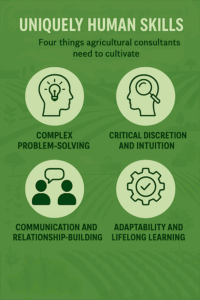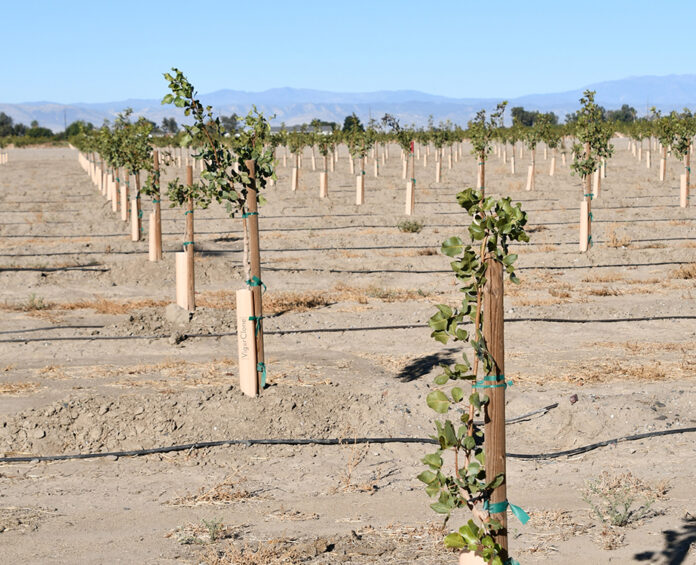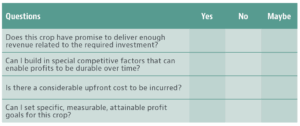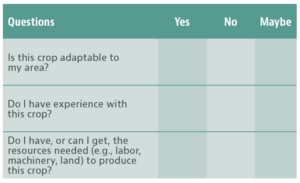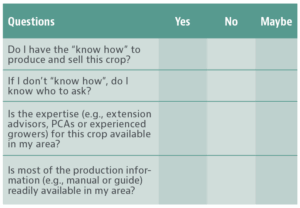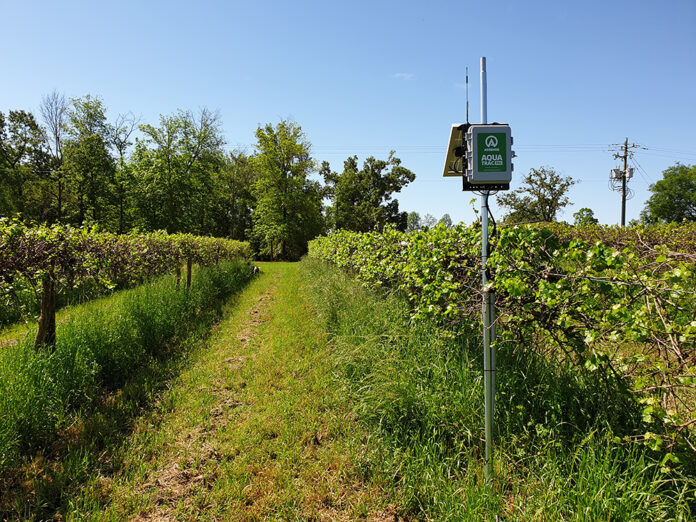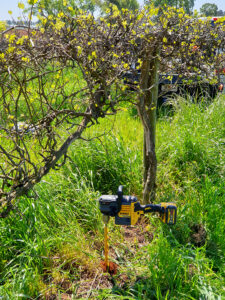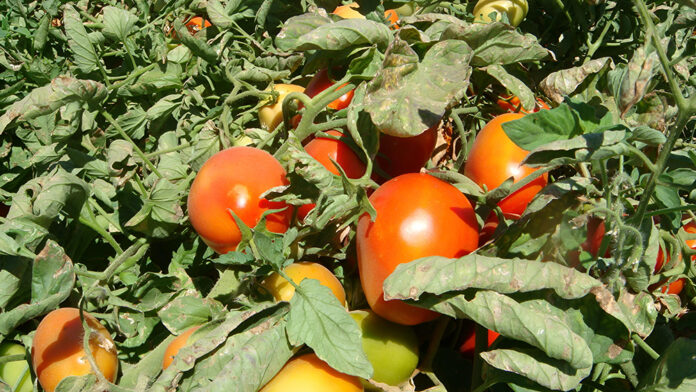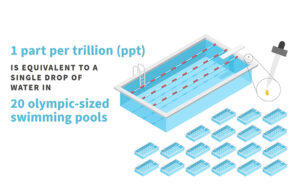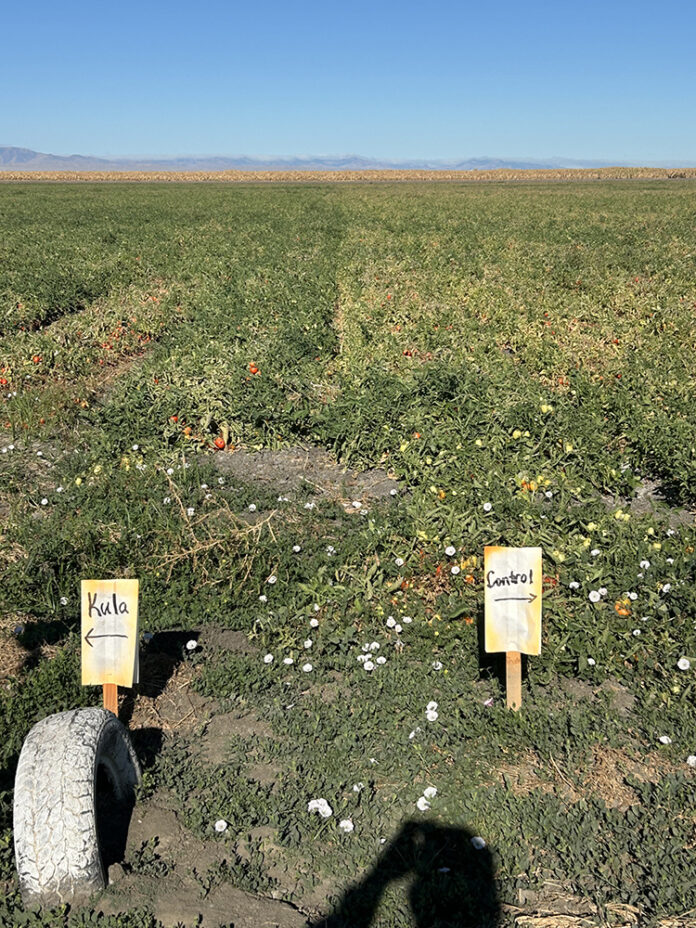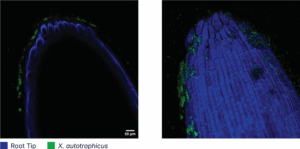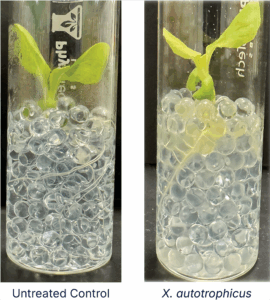The 2025 Crop Consultant Conference returns next week, September 24-25 at the Visalia Convention Center, bringing together California’s leading PCAs, CCAs, researchers and industry professionals for two days of learning, networking and innovation in the heart of Central Valley agriculture.
Hosted by Progressive Crop Consultant and Western Region Certified Crop Advisers, the Crop Consultant Conference is California’s premier event for crop consultants committed to advancing sustainable, profitable farming. Attendees can look forward to a packed agenda that includes expert-led sessions, CEU opportunities, novel research and practical field-ready strategies designed to meet today’s challenges head-on.
Comprehensive, Flexible CEU Opportunities
One of the conference’s greatest strengths is its dual-format CEU education program. Attendees can earn continuing education units (CEUs) for CA DPR, CCA, FREP, NDA and AZDA through both in-person and online sessions, providing the flexibility busy ag professionals need.
Beginning April 1, 2025, a new expert-led online session launched on the first of each month, covering topics like tree nut economics, advanced irrigation management and more. In-person sessions during the conference will offer extensive CE credit opportunities, with online access to additional courses extended through Dec. 31, 2025.
“This flexibility allows PCAs and CCAs to balance their work schedules while advancing their knowledge and skills,” said Jason Scott, CEO/publisher of JCS Marketing, Inc. and Progressive Crop Consultant. “And with registration priced at just $345, it’s an incredible value, translating to pennies per CE credit.”
Practical Insights and Cutting-Edge Innovation
This year’s program emphasizes practical, immediately actionable insights. Attendees can expect sessions focused on pest and disease management across major specialty crops, such as tree nuts, grapes, citrus and vegetables. Topics will include updates on emerging threats like red leaf blotch in almonds and Carpophilus beetle as well as strategies for managing Pierce’s disease, mealybugs and rodent damage. Additional sessions will explore pest dynamics in crops like onions and safflower, providing regionally relevant insights grounded in current research. Beyond pest control, the conference will cover herbicide resistance, preemergent weed management and important regulatory updates, including the latest on California Department of Pesticide Regulation’s “Pesticide Prioritization Process” and fumigant use. Attendees will also gain exposure to advances in ag tech, biofungicide use and integrated pest management tools.
On the CCA side, attendees can expect sessions focused on climate impacts on California ag, regenerative soil management, current crop nutrition insights in grapes, stone fruit and tree nuts, tailored crop input strategies and more.
With a mix of expert-led technical sessions, hands-on recommendations and industry panels, the event offers valuable continuing education opportunities for crop consultants looking to stay current in an evolving production landscape.
Attendees will also have full access to the conference trade show, showcasing the newest products, services and technologies in agriculture. It’s a rare opportunity to see the tools that can enhance consulting practices and client results firsthand.
“This strategic location in Visalia allows participants to connect directly with innovations shaping the future of crop consulting,” Scott said.
A Full Conference Experience
Beyond earning CEUs, participants will enjoy breakfast and lunch both days, a lively networking mixer and ample opportunities to build connections with industry leaders, decision-makers and peers. Additionally, Miss California 2025 and Fresno-county native Rachel Axt will be making an appearance during Day 1 of the conference for an attendee meet-and-greet.
“This event is more than just lectures; it’s a platform for collaboration, innovation and professional growth,” Scott said. “It’s where future-forward crop consulting happens.”
Secure your spot today and join us next week in Visalia for the 2025 Crop Consultant Conference!
Register while there’s still time at progressivecrop.com/conference.












